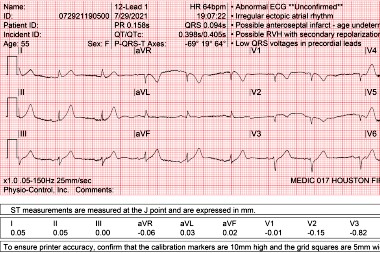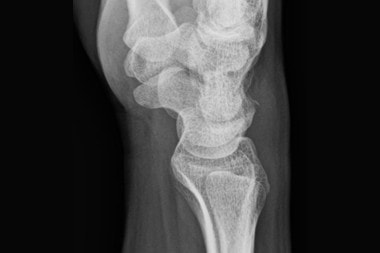Joshua Russell, MD, MSc, FCUCM, FACEP Recently, a PA I supervise called me about a young woman who came in for hematemesis and melena at home. The provider, let’s call him Tom, told me that the patient had normal vital signs, but he thought she should still go to the ED. I could sense some reluctance in his voice though. It was probably because the patient was just 32 years old and looked well. Understandably, …
Read More









